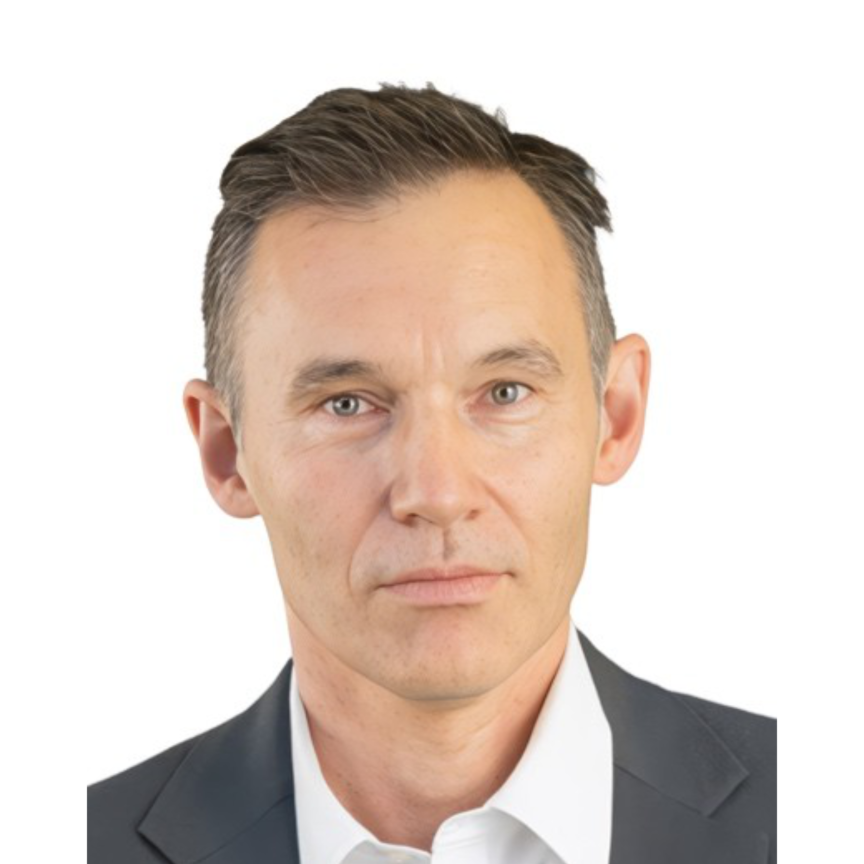Extreme ultraviolet (EUV) light sources could soon be used for high-volume manufacturing (HVM), as recently, three companies have demonstrated continuous and stable operation of EUV systems under a production environment.
In September, ASML, a provider of lithography systems for the semiconductor industry, performed an EUV-endurance test during which 600 wafers were produced within 24 hours, proving the EUV system’s wafer processing capability.
More recently, Gigaphoton achieved three-hour continuous operation of its prototype EUV light source at 50 per cent duty cycle and 42W output, which it demonstrated at the 2014 International Symposium on Extreme Ultraviolet Lithography, in Washington DC, USA from 27 to 29 October. Also in October, Adlyte reported that its EUV system maintained clean operation while running for hundreds of hours replicating several parameters for a production environment, including power, brightness and uptime.
Gigaphoton’s prototype laser-produced plasma (LPP) light source attains the emission of EUV by radiating ultra-small tin droplets of less than 20µm in diameter with a solid-state pre-pulse laser and main-pulse CO2 laser. To maximise the life of the collector mirror, a high-output superconducting magnet was used to generate a powerful magnetic field that guides unwanted debris produced by thermal expansion of the tin droplets towards the tin catcher.
‘Our success in three-hour continuous operation of the prototype LPP EUV light source at 50 per cent duty cycle and 42W output is clear evidence that achievement of a high-performance LPP EUV light source capable of stable operation at higher output and lower running cost will soon be completed,’ said Hitoshi Tomaru, president and CEO of Gigaphoton.
LPP sources provide a platform that can achieve high brightness and power operation but have historically been challenged in providing the cleanliness needed for high-volume manufacturing. However, EUV light source supplier, Adlyte, has now demonstrated the required light-source cleanliness needed after the intermediate focus for implementing EUV photomask inspection in HVM.
Clean EUV light sources are important, as extremely small nanometre-scale defects on EUV masks and patterned wafers can result in yield losses. Therefore, high-brightness EUV light sources are needed to detect and capture these defects with high throughput and uptime. As with EUV lithography, the clean operation of light sources for EUV mask and wafer inspection equipment is very important to achieving higher production efficiency and lower cost of ownership.
‘Mask inspection is a critical part of the EUV lithography infrastructure, and having actinic or "at wavelength" exposure that meets several key criteria, including cleanliness, is the optimal solution for finding the defects that matter on EUV masks,’ stated Hidehiro Watanabe, general manager of the EUVL Infrastructure Development Center (EIDEC). ‘We are pleased with the cleanliness we measured on Adlyte's light source under conditions that replicate a production environment. This meets our requirements for blank mask inspection.’
Daniel Boehringer, chairman of the board at Adlyte, added: ‘We are very encouraged with the latest results we achieved against the cleanliness benchmark established by mask inspection OEM companies. This is testament to the significant investments we've made in developing our light-source technology.’
During ASML’s endurance test of its NXE:3300B EUV system, around 600 wafers were produced within 24 hours, proving its wafer processing capability.
The endurance test followed on from the company's first test in July, which also exceeded the 500 wafer per day requirement that ASML customers have set for the end of the year. Speaking at an investor conference in New York in September, ASML president and CEO, Peter Wennink, said that ASML is encouraged by the result of this second test. However, EUV-performance needs to be repeated on multiple days and multiple systems which is the goal of the availability improvement programmes that will be executed throughout the remainder of the year.
Related Stories
- Mirror on Semicon: To bring EUV lithography into mainstream semiconductor production will require more powerful sources, but there is also a lot of development work underway on the optics for the systems
Further Information

